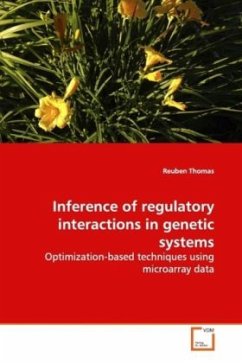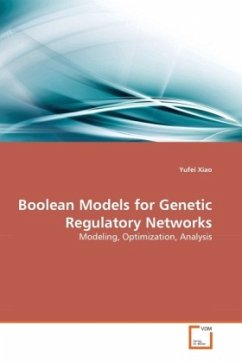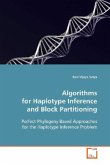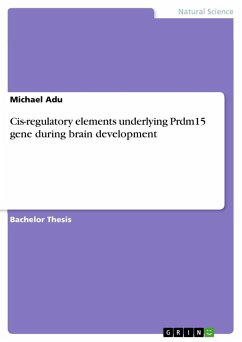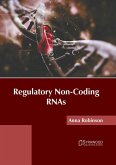The main focus of this thesis is the development of
techniques to aid in the process of inferring how
genes interact with each other in a living organism.
Knowledge of these interactions have implications in
gaining an understanding of how cellular processes
work, how organisms survive and evolve under
different environmental conditions. The techniques
are based on an S-system type differential equation
model for the process of gene regulation. They are
designed to handle data arising from experimental
setups like DNA microarrays. Methods to handle data
collected under both steady state and time-varying
manner are developed. They were validated using both
simulated data and also data from real organisms. The
data used were steady state data from the set of
genes involved in the SOS response of E.Coli and
time-varying data from a subset of genes involved in
the formation of the endospore in the Bacillus
anthracis. The techniques proposed have advantages
over the current methods used in that they not only
capture the inherent non-linearity of the process but
also account for the regulatory behavior of proteins
and handle data directly from DNA microarray experiments.
techniques to aid in the process of inferring how
genes interact with each other in a living organism.
Knowledge of these interactions have implications in
gaining an understanding of how cellular processes
work, how organisms survive and evolve under
different environmental conditions. The techniques
are based on an S-system type differential equation
model for the process of gene regulation. They are
designed to handle data arising from experimental
setups like DNA microarrays. Methods to handle data
collected under both steady state and time-varying
manner are developed. They were validated using both
simulated data and also data from real organisms. The
data used were steady state data from the set of
genes involved in the SOS response of E.Coli and
time-varying data from a subset of genes involved in
the formation of the endospore in the Bacillus
anthracis. The techniques proposed have advantages
over the current methods used in that they not only
capture the inherent non-linearity of the process but
also account for the regulatory behavior of proteins
and handle data directly from DNA microarray experiments.

